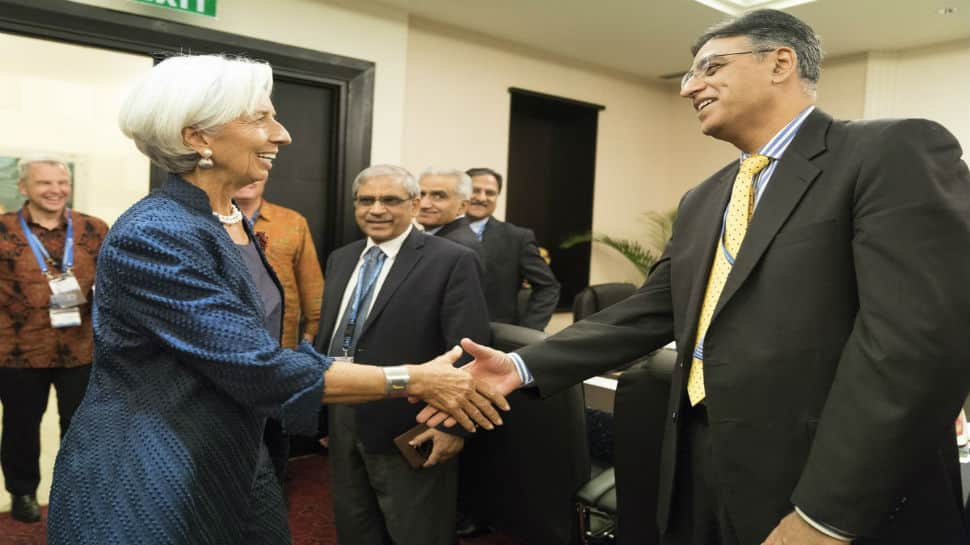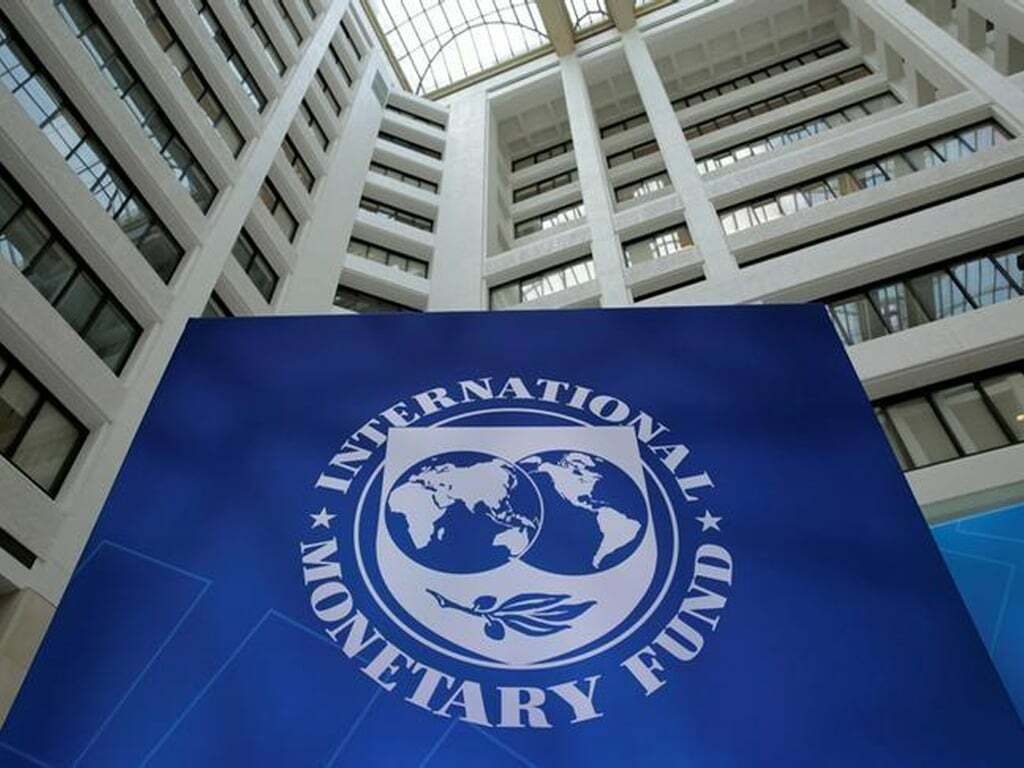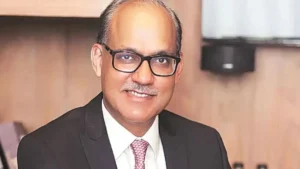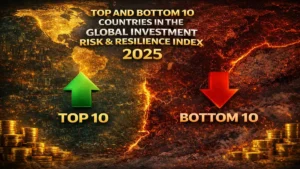Pakistan’s Prime Minister Shahbaz Sharif has approved a deal with the International Monetary Fund (IMF) and all matters over the bailout programme are settled, citing sources. Cash-strapped Pakistan had been due to wrap up talks with the IMF in a bid to unlock stalled funds from a $6.5 billion bailout to ward off economic meltdown.
Buy Prime Test Series for all Banking, SSC, Insurance & other exams
The Timeline of Pak-IMF Deal:

Earlier, an AFP report said Pakistan’s government remained locked in crunch talks with the IMF over the release of a crucial financial bailout on the last scheduled day of the global lender’s visit to the country. An International Monetary Fund (IMF) delegation landed in Islamabad recently to thrash out tough conditions that Prime Minister Shehbaz Sharif called “beyond imagination”.
The IMF is clearly asking for much more than what the government is willing to do, even with a little bit of arm twisting, said economic analyst Abid Hasan, a former adviser to the World Bank.
Finance Minister Ishaq Dar told reporters that “a final round of talks is going on”.
The IMF wants a boost to the pitifully low tax base, an end to tax exemptions for the export sector, and further hikes to artificially low petrol, electricity and gas prices meant to help low-income families.
It is also pushing for Pakistan to keep a sustainable amount of US dollars in the bank through guarantees of further support from friendly nations Saudi Arabia, China and the UAE, as well as the World Bank.
Pakistan had sketched out a $6.5 billion loan package with the IMF, which has so far paid out roughly half that amount.
Pak-IMF Deal: Asking for much more
The government secured a $1.1 billion loan in August, part of a $6.5 billion package agreed upon in 2019. But it has been halted multiple times because of Islamabad’s failure to meet loan conditions and disagreements over spending plans after the floods.
Pakistan’s Economic Crisis:

Pakistan’s economy is in dire straits, stricken by a balance of payments crisis as it attempts to service high levels of external debt amid political chaos and deteriorating security. The central bank released fresh data warning its forex reserves had plunged $170 million in a week, standing at just $2.9 billion.
Years of financial mismanagement and political instability have damaged Pakistan’s economy — damage exacerbated by a global energy crisis and devastating floods that submerged a third of the country.
The government loosened controls on the rupee to rein in a rampant black market in US dollars — a step that caused the currency to plunge to a record low — and hiked petrol prices by 16 per cent.
Struggling industries are battling for the government to unblock imports, with thousands of shipping containers held up at Karachi port. The steel industry has warned the government that unless scrap metal imports are restarted, there will be a cascading effect on employment.
The rupee advanced 1 per cent to 270.51 per dollar, while the benchmark stock index rose 1.8 per cent at close, up a fourth day. Its dollar bonds also gained with notes due in 2024 indicated 4.5 cents higher, to trade at 59.6 cents on the dollar, the biggest jump in about two month.




 Govt. Extends Tenure of SBI MD Ashwini K...
Govt. Extends Tenure of SBI MD Ashwini K...
 Google Launches Its First-Ever Credit Ca...
Google Launches Its First-Ever Credit Ca...
 Top and Bottom 10 Countries in the Globa...
Top and Bottom 10 Countries in the Globa...







